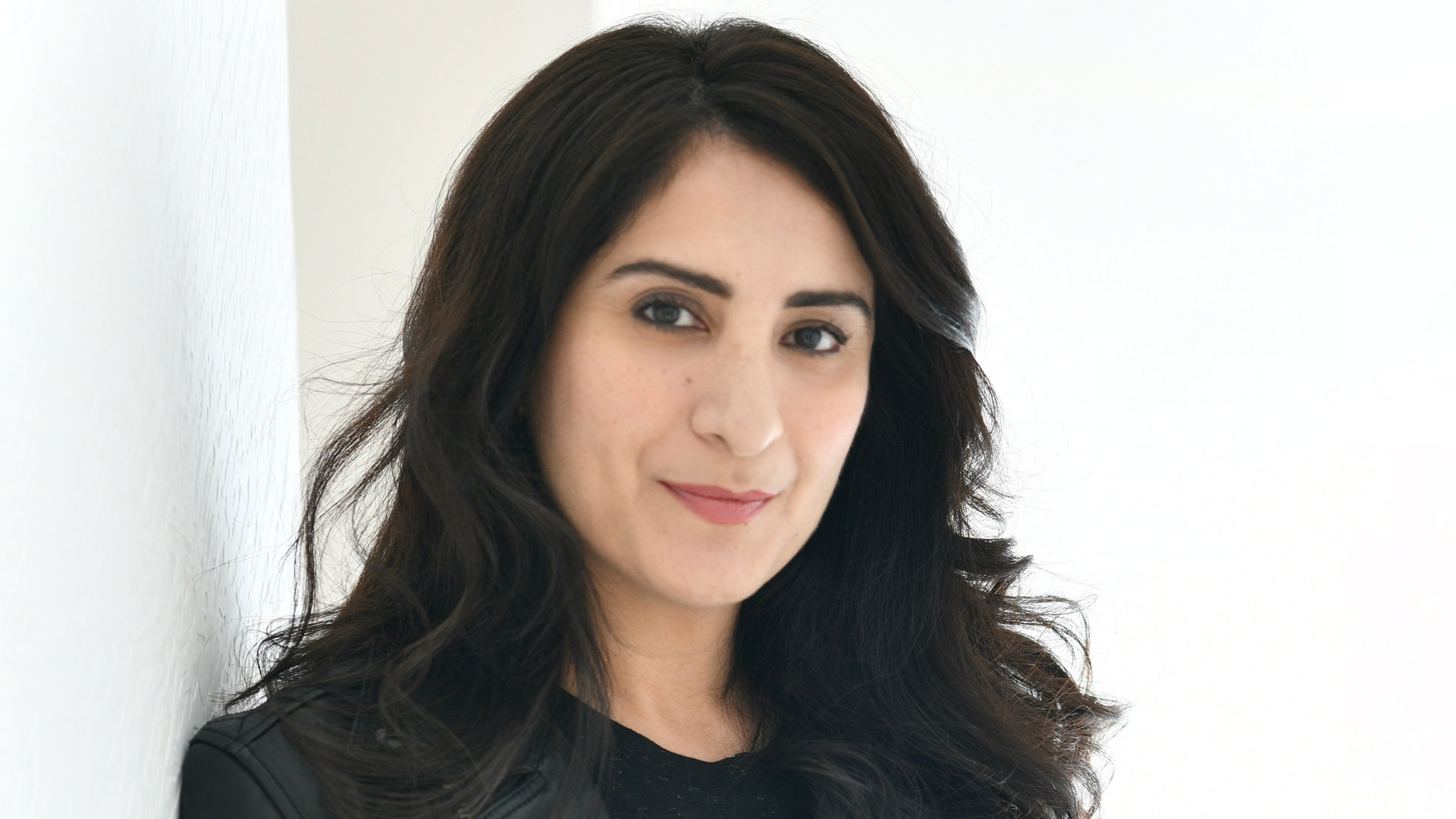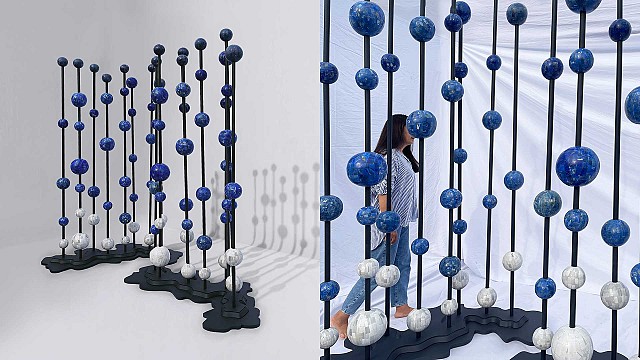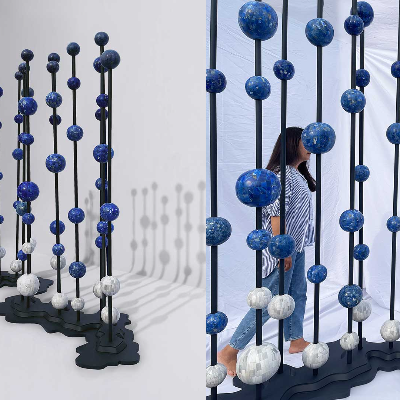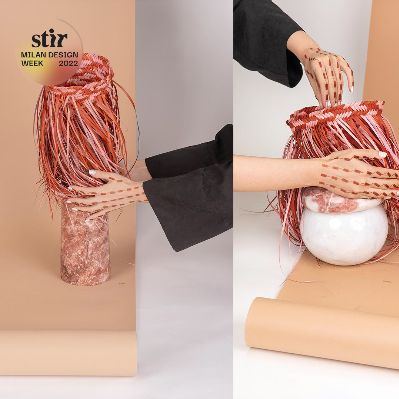- Studios
- Galleries
-
Brands
- Featured Brands
- top categories
- Furniture
- Lighting
- Accessories
- Surfaces
- Bathroom
- Kitchen
- Rugs
- Art
- View All Brands
-
Products
- Featured Products
- top categories
- Furniture
- Surfaces
- Lighting
- Accessories
- Rugs
- Bathroom
- Kitchen
- Art
- View All Products
- Projects
-
Events
- Featured Events
- ongoing and upcoming
- this week
- this month
- this year
- View All Events
- News

•make your fridays matter with a well-read weekend

•make your fridays matter





 Sign in with email
Sign in with email

















